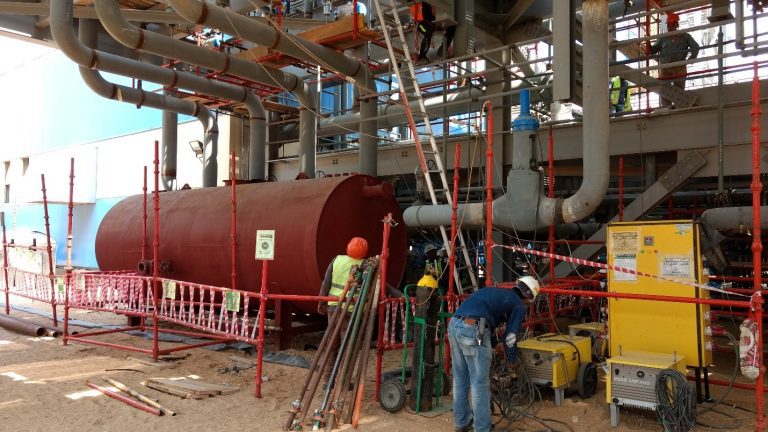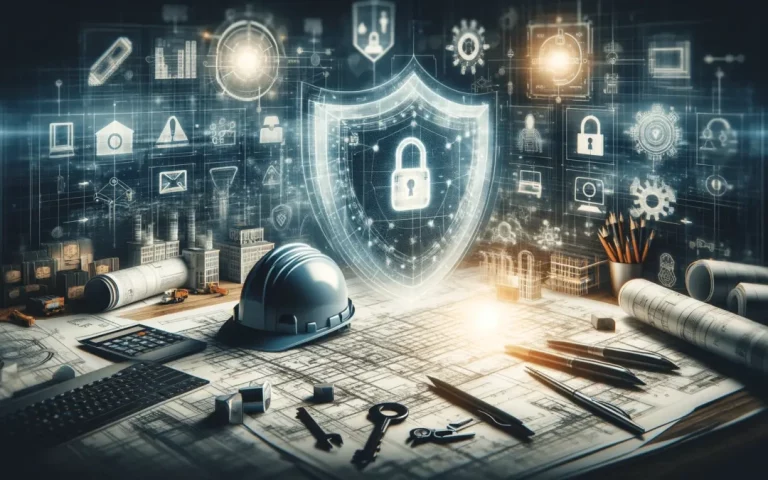Ultrasonic Testing (UT) has long been a cornerstone of non-destructive testing (NDT) — a technique critical toensure the integrity of structures, materials, and components without damaging them. In aerospace and oil pipelines, manufacturingplants and bridges, UT is a critical method that helps to identify internal flaws like cracks, voids, and corrosion. Historically, UT has beendependent predominantly on the ability and experience of human operators to conduct the test itself as well as to read the results. But with the fast-emerging era of Artificial Intelligence (AI), this field is beginning to change fundamentally. The changes are not superficial — they impact all aspects of ultrasonic testing, from data acquisition and signal processing to flaw detection, characterization, and even predictive maintenance. In an industry where accuracy, safety, and efficiency are paramount, AI is taking ultrasonic testing to thenext level. Smarter Data Acquisition One of the first aspects to be impacted by this innovation is the data acquisition process itself. In traditional UT, operators must intentionally move probes along surfaces and in real time interpret signal responses. Theprocess is greatly dependent on human judgment, and inconsistencies can occur due to fatigue, skill level, or environmental conditions. Now, AI is advancing data collection to new levels with computer-scanning systems. Robotic spiders, drones, and ultrasonic sensors on hand-held devi can gather larger volumes of data, faster and more accurately than single human users. More important, machine-learning software can alter scanning patterns dynamically — adjusting probe angles, scanning rates, and frequencies based on material and geometry properties. Thatlevel of adaptive smarts was unimaginable only a few years ago. Advanced Signal Processing and Noise Reduction There is another major advance in signal processing. Raw ultrasonic data may be noisy. Noise can be introduced by sources like surface roughness, material anisotropy, and probe misalignment and may overlayor distort critical flaw indications. Signal processing algorithms based on artificial intelligence are now used to automatically eliminate this noise. Deep learning algorithms, having been trained on thousands of actual data sets, can recognize useful signals and disregard useless artifacts with high precision. This allows technicians to detect defects that would have gone unnoticed using traditional methods — or to do so more quickly and with more confidence. Automated Defect Detection and Classification Perhaps the most transformative change is happening at the interpretation stage. Traditionally, interpreting UT data required an experienced technician to visually analyze A-scans, B-scans, or C-scans and make a judgment call about whether an anomaly was present, what it might be, and how severe it was. Now. AI technologies can aid — or even propel — this important decision-making process. Pattern recognition software can automatically highlight suspicious areas, classify defects (e.g.,cracks, voids, or inclusions), and even offer insights into their size and orientation. Some platforms go further by correlating ultrasonic signatures with material properties to predict the development of a detected flaw over time. This automated defect recognition (ADR) feature not only speeds up the inspection process but also reduces human error, leading to more reproducible and consistent results independent of operators or teams. Predictive Maintenance and Lifespan Estimation Aside from simply indicating current existing flaws, AI-poweredUT is revealing the potential of predictive maintenance strategies. By decoding historical ultrasonic data in tandem with environmental and operational data (e.g., load cycles, temperature variations, or vibration patterns), machine learning algorithms can foretell when and where failures will occur. Instead of reacting to faults after they have happened, organizations are now able to schedule maintenance activities inadvance — replacing or overhauling components before they fail. This is time-saving, lessexpensive to repair, and contributes to overall security. In use in industries like aviation or nuclear energy, where failure equals catastrophe, predictive informationcan be a game-changer. Challenges and Considerations Although the developments are remarkable, there are technical challenges in integrating AI into ultrasonic inspection. High-quality, labeled datasets are needed by the models to become effective, and in certain cases, these datasets don’t exist, they’re proprietary, or expensive to produce. In addition, industries with highregulatory requirements — e.g., aerospace or nuclear energy — will be hesitant to employ AI-basedtechniques until standardization and validation procedures are established. And then there is the question of human oversight. While AI can substantially enhance inspections, most experts feel it needs tobe employed as a force multiplier to assist, rather than replace, trained human inspectors. Ethical issues, liability questions, and the need for seasoned judgment will keep human expertise squarely in the loop in the near future. The Road Ahead In the years ahead, AI application to ultrasonic testing is likely to become even more entrenched. Edge computing breakthroughs will allow for more sophisticated AI processing on the premises, reducing the need for cloud connectivity. Real-time analysis could become common practice, giving instant feedback to inspectors during inspection work. Concurrently, advancements in sensor technology — such as phased array UT supported by AI — will allow even faster, more thorough, and more precise inspections. Coordination between AI experts, UT experts, and industry regulators will be crucial to making these technologies safe, reliable, and standardized across industries. One thing is for sure: the era of AI isn’t just changing ultrasonic testing — it’s redefining the rules of what can be done. By pairinghuman insight with machine intelligence, ultrasonic testing is being revolutionized from anacquired skill into a powerful science, with enhanced outcomes for safety, productivity, and the industries that depend on it.














